Harvest Lane Honey Beekeeping Beehive Starter Kit, 1 Box
The Harvest Lane Honey Backyard Beehive Starter Kit has what you need to get started with a fantastic new hobby. Beekeeping is a safe, fun, and rewarding experience that can be a hobby, or a way of life. With the simple, all-in-one beekeeping kit, you can begin your beekeeping opportunity the moment the bees arrive.
The Harvest Lane Honey Backyard Beehive Starter Kit has what you need to get started with a fantastic new hobby. Beekeeping is a safe, fun, and rewarding experience that can be a hobby, or a way of life. With the simple, all-in-one beekeeping kit, you can begin your beekeeping opportunity the moment the bees arrive.
- Backyard beehive starter kit is a great for beginning your new hobby
- 100% painted, assembled and ready to go
- Beekeeping kit includes: Outer cover, inner cover, (1) deep hive body, (9) deep frames with plastic foundation, bottom board, entrance reducer, in-hive feeder
Additional information
| Country of Origin | Made in USA |
|---|---|
| Accessories Included | Brood Box, Cover, Foundation, Entrance Reducer, Hive Only, Top, Feeder, Doundation, Beehive, Frame, Bottom Board |
| Primary Material | Pine |
| Manufacturer Part Number | WWA-107 |

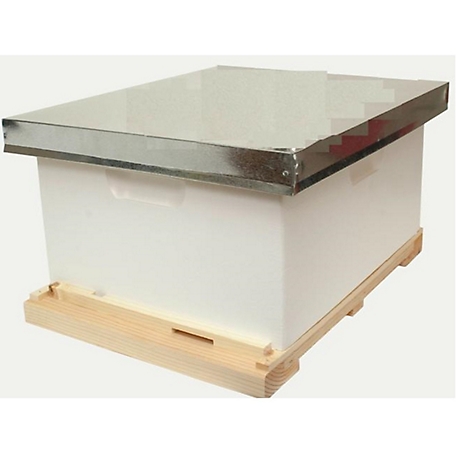

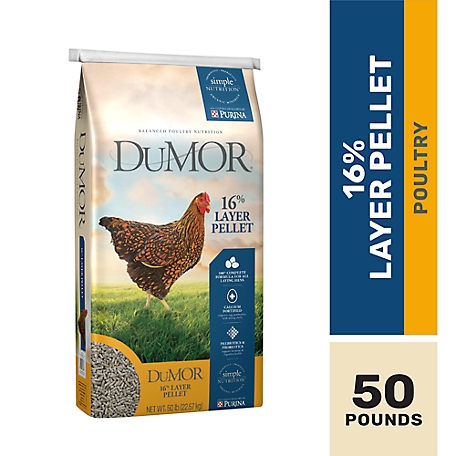
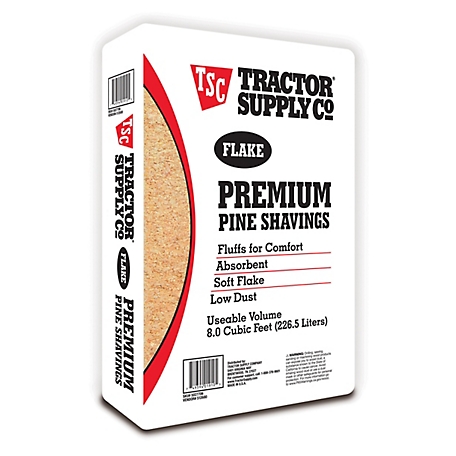

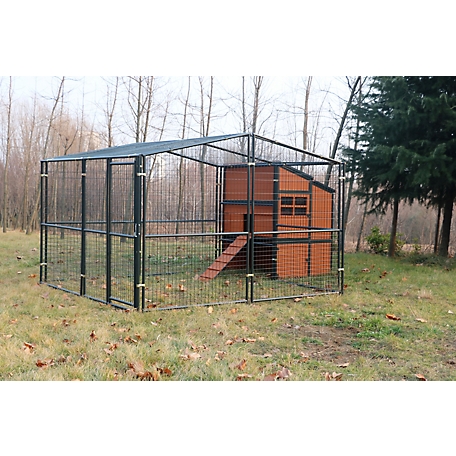
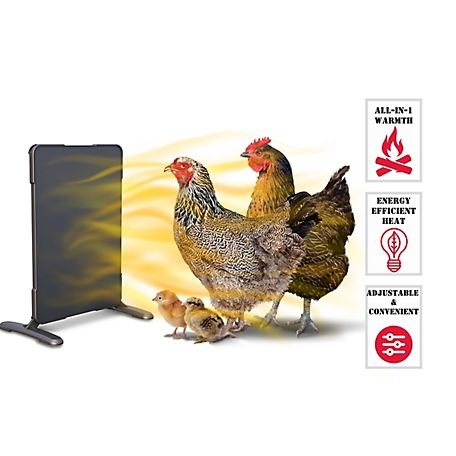
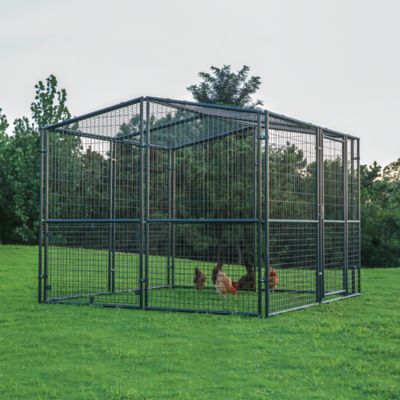

by Shane
Great product and great price well made
by Patrick
Great way to start! Comes with everything you need in a simple, no frills package. Quality isn’t the greatest but for a no fuss start, it’s perfect. I caught a swarm from one of my other hives, just after getting a Nuc so they were going to anyway and not my fault. Thankfully I was able to put it in a box and run down to Tractor Supply to get this!
by Cindy
I purchased this beehive when I noticed a swarm in my yard. Compared to others that I have purchased, I wasn’t pleased with the price considering the quality. However, I loved not having to put together the frames. It was ready to use right out of the box.